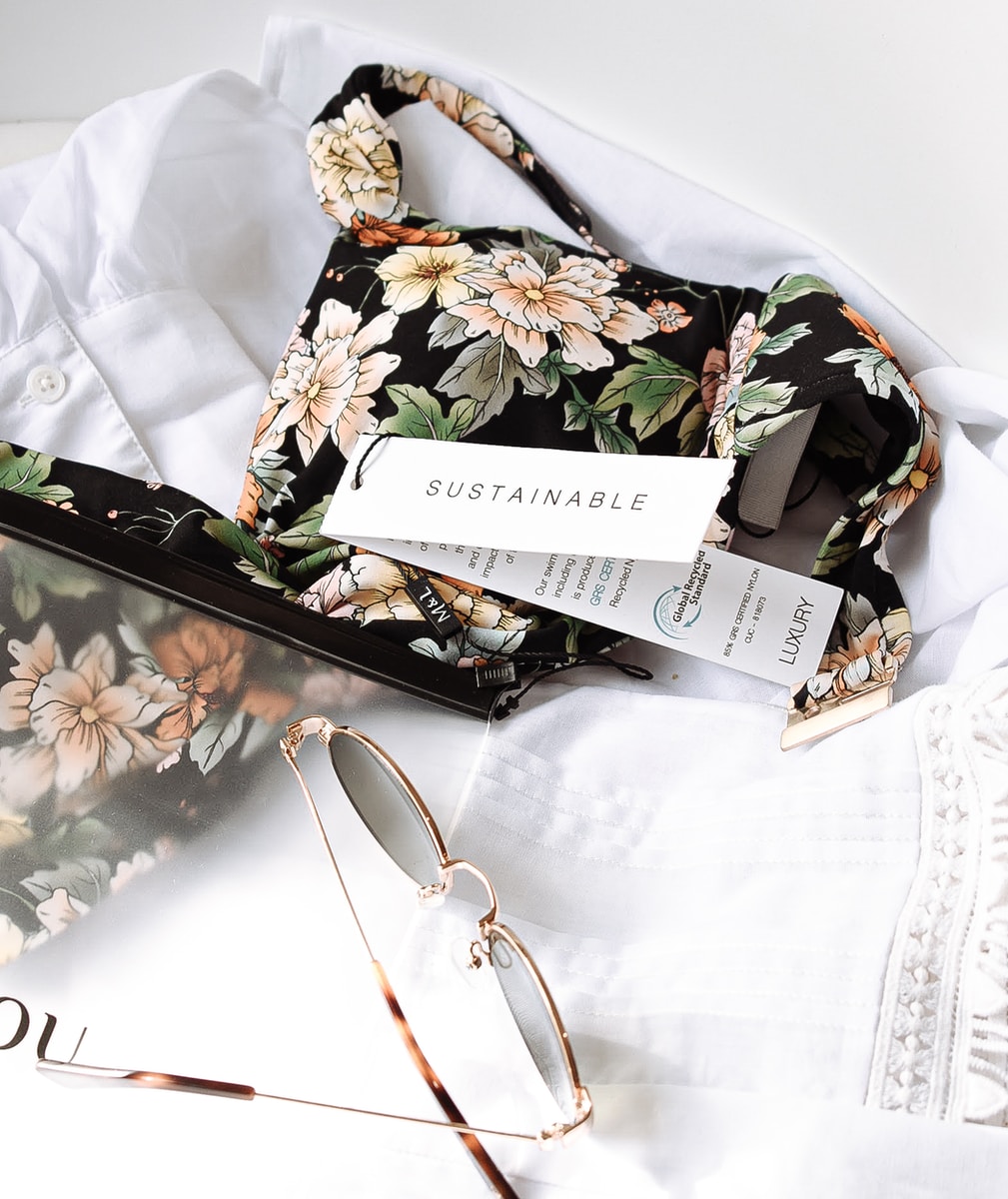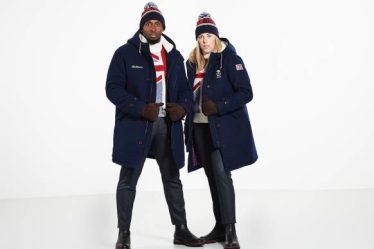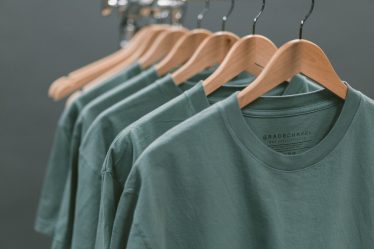
It can be confusing to understand the terminology surrounding sustainable fashion. These are the things to watch out for if your goal is to buy better sustainable fashion.
Shoppers have had to make more difficult decisions lately when it comes time to purchase clothing. But confusion about sustainability is one of the most common problems. The information on labels can sometimes be confusing or misleading and there is a lot to understand. Here’s a guide to help you understand the differences between ethical and sustainable and why you should always ask for both in your fashion purchases.
Ethical refers to how people are treated. Is the worker paid a living wage? Are they entitled to any breaks? Are all of them at the right age? Is the company contributing positively to the community in which it produces? Others use the term ethical to mean cruelty-free products. However, terms like “ethical leather” or “faux fur”, are not always ethical for those who produce them. These products also often don’t biodegrade well.
If the workers who make the PVC are sick, can a product made from PVC be ethical? The best way to figure out how ethical a brand is to see how much information it puts out about the treatment of the workers who produce its garments. Elizabeth Suzann is an excellent example of an ethical brand. It confirmed that the lowest wage paid is $15 per hour, more than twice the minimum wage in Nashville (where the business is located). If you are interested in worker treatment for a brand that you like, send me an email or a message to find out the lowest wage it pays.
Cruelty-free refers to animal welfare and whether any animals were hurt or harmed during the production of the garment. It also refers to fashion products that have no animal byproducts. However, beauty products don’t require this. You should look for vegan products if you are looking for an item free from animal byproducts. However, this doesn’t mean that the item’s manufacturing process is cruelty-free for human. For example, faux leather and fur products. Although there are many cruelty-free leather options like fruit peel, they aren’t widely available.
Organic refers to natural fibers that are grown without using toxic chemicals such as pesticides. The most popular organic fibre is cotton, but you can also find organic hemp and silk, as well as jute. However, organic cotton is subject to criticism because it requires more water and irrigation than regular cotton. The pesticides used in conventional cotton can cause havoc on the environment and the health of people who consume water from nearby sources. Organic cotton is not to be discounted. It’s important that we all consume less cotton overall.
The fashion industry often refers to conscious fashion as “ethical”, sustainable, or eco fashion. This catchphrase is popular among greenwash brands (see below). There are some brands that have the word “conscious” in the name, such as Conscious Clothing. These brands do have strong sustainability credentials, so don’t be discouraged. Conscious Clothing’s website clearly displays its sustainability record.
Fair trade is a partnership where marginalized producers get a fair wage when their product is sold in richer countries. Fair-trade materials should not be sold at a lower price than the market. Fair trade is based on principles like fair payment and good working conditions. Fair trade-certified clothing producers should follow these guidelines.
Fair trade is not the best solution to regulating the fashion industry. It can be difficult to find a direct answer on fair-trade fashion because there are so many fair-trade websites. While there are many regulations that apply to clothes such as the Global Organic Textile Standard or Cradle to Cradle, they can still be helpful in assessing sustainability and ethical fashion. However, it is often better to do research on a company than to rely solely on a certification. Even if a brand receives every certification possible, it still will be a major polluter if it produces 500 garments per minute.
Sustainable refers to the effect that production of a garment has on the world around us. How is it taken from the earth and how will it return to the earth? What amount of waste is generated during manufacturing? It’s not sustainable if it doesn’t biodegrade. Celine Semaan, founder of the non-profit research group Slow Factory, stated that “everything that you make returns to nature as food or poison.” Products that are sustainable should always be able to return food. Natural or recycled fibers are used by brands that create more sustainable products. Some brands, like Christy Dawn use surplus stock or dead stock to extend the fabric’s life cycle. Others, like Levi’s, strive to produce with less water waste. It is all about producing in a way which does not harm the planet.
Slow fashion is the antithesis of fast fashion. These are high-quality garments with a long life cycle. If every item we purchased was slow fashion, it would mean that we would no longer be influenced by a market driven by trends. They won’t be sustainable or slow unless the largest fast-fashion manufacturers stop producing so many garments at once (which will, of course mean a lower profit margin). Do your research on small labels instead of buying fast fashion and supporting those who do things right. Slow-fashion brands are less trend-driven, and focus more on timeless pieces that will last.
A brand may claim that something is sustainable or ethical, but upon closer inspection it turns out to be either false or exaggerated. A brand may claim that a dress is green because it is made from eco wool. However, it actually contains only 4% eco wool and other less sustainable materials. This is known as greenwashing. A brand advertising 20 sustainable pieces, while their inventory includes thousands of garments that don’t sustainably, is another example of greenwashing. Many big fast-fashion brands that claim sustainability credentials are guilty greenwashing because they tend to produce too many products (some of which may not be sold at the end of the season and it becomes an environmental hazard).



